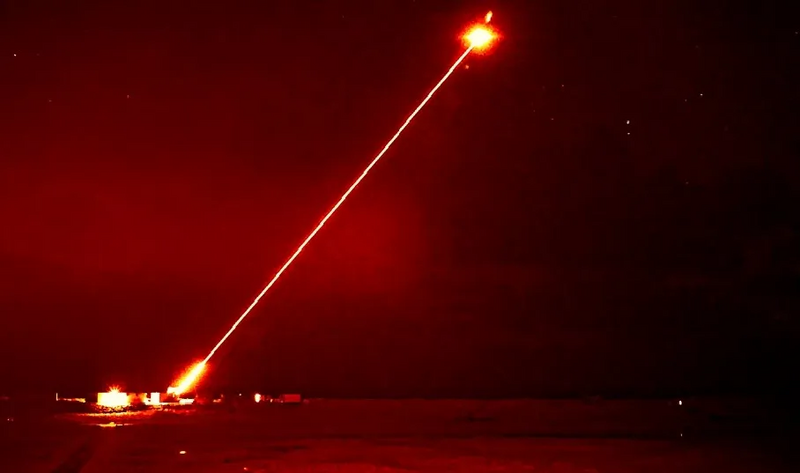
The UK Defence Secretary has suggested deploying a high-power laser weapon to Ukraine to combat Russian drones, citing its potential significant impact on the conflict in Europe.
Grant Shapps revealed that the DragonFire weapon, originally slated for rollout by 2027, could be expedited for deployment sooner. This follows a successful trial conducted against an aerial target in January.
Despite an initial operational projection of 2032, reforms aimed at expediting government procurement have advanced the timeline by five years.
However, Shapps expressed a desire to accelerate the process even further, suggesting that the weapon need not be perfected to benefit Ukrainians.
The Ministry of Defence (MoD) attributes the accelerated timetable to the evolving threat landscape faced by the UK, emphasizing the weapon's adaptability for field deployment and subsequent refinement.
While precision remains a hallmark of the DragonFire, capable of targeting objects as small as a £1 coin from a kilometer away, its primary advantage lies in cost-effectiveness and virtually limitless ammunition supply, contingent upon a reliable power source.
The successful January test, conducted at the MoD's Hebrides Range in Scotland, marked a significant milestone in integrating laser-directed energy weapons (LDEWs) into military service.
However, deploying lasers presents logistical challenges, given their line-of-sight limitations, unlike conventional missiles.
While the UK aspires to outfit its warships with LDEWs by 2027, it's crucial to acknowledge that such weapons haven't been tested in active combat. Additionally, Ukraine's immediate requirements may necessitate proven air defense systems over laser technology, given the persistent targeting of its electrical infrastructure by Russia.
LDEWs, characterized by their ability to swiftly engage targets with intense light beams, offer cost-effective alternatives to traditional missiles. The MoD estimates operational expenses for the DragonFire system at less than £10 per shot, underscoring its economic viability compared to conventional weaponry. Photo by UK Ministry of Defence, Wikimedia commons.









































